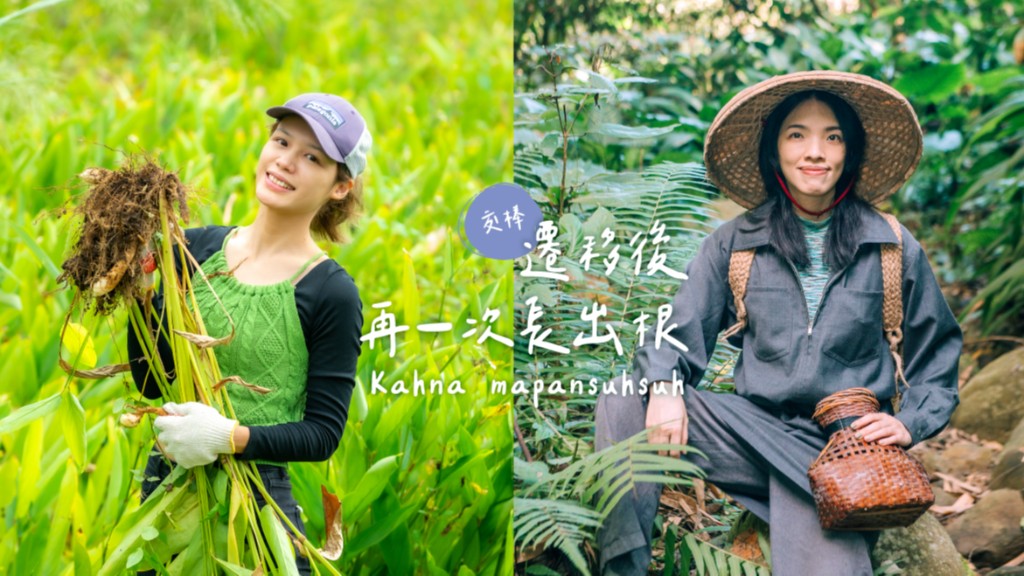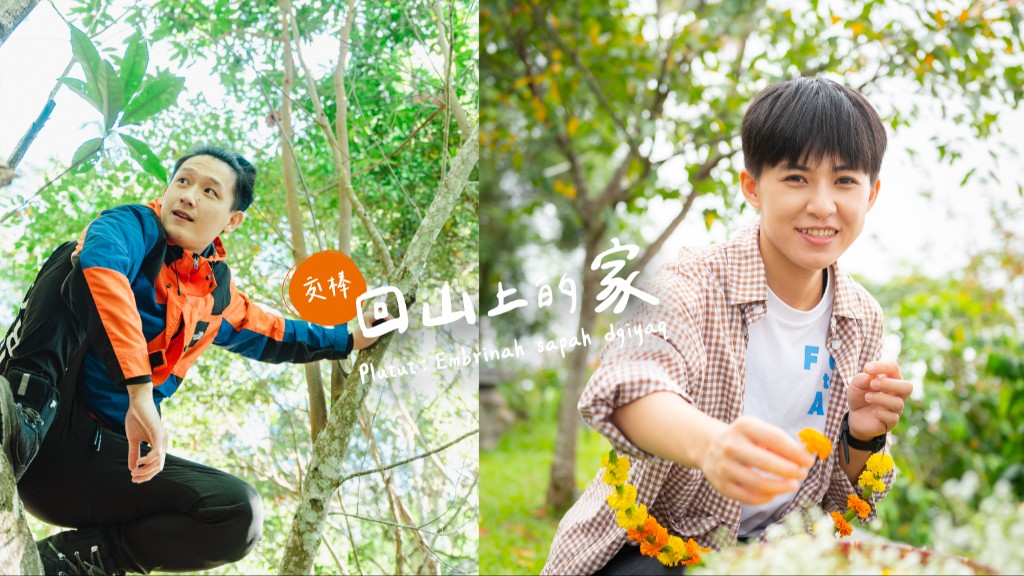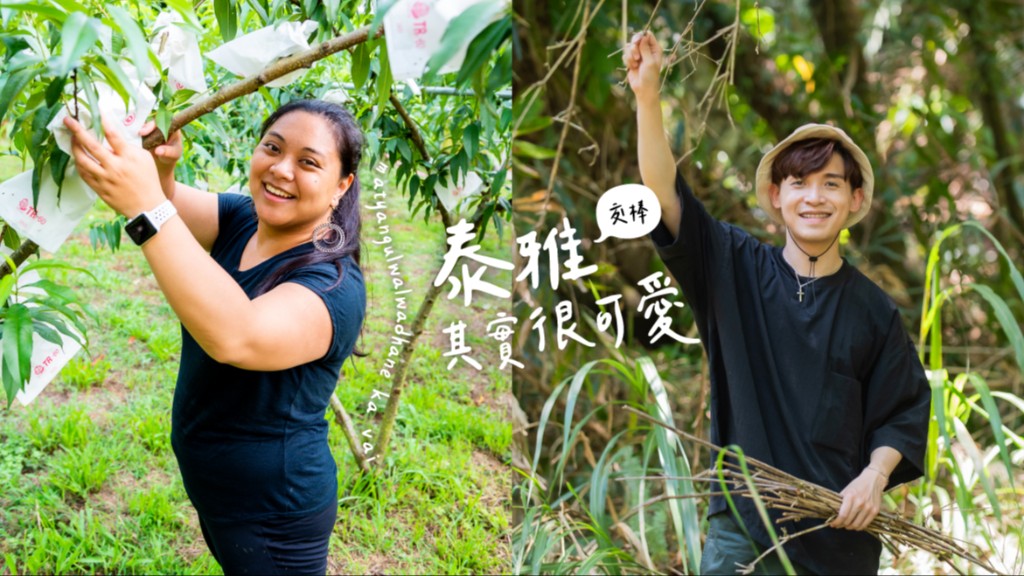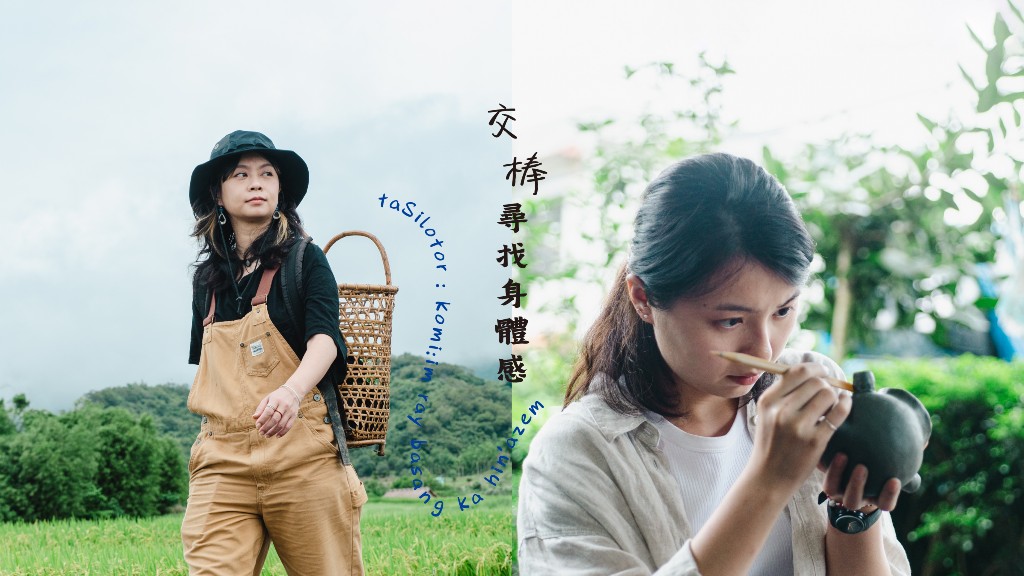Wilang’s hunting trail roughly overlaps the first few kilometers of the Nan’ao Historic Trail. But to save time, he usually takes a shortcut down the valley in the direction of another mountain. Having been exploring the mountains since the third grade, Wilang is familiar with the environment and can talk knowledgeably about local flora and fauna and the stories of each landscape. He really is a lifelong soulmate of the mountains and forests in Nan’ao.
The Nan’ao Historic Trail, also known as the Piyahau Historic Trail in the past, is about 74 kilometers long and used to connect the village of Qalang skikun and Nan’ao. During the Japanese colonial period, the trail was partly built as a security road when the “barbarian management plan” was on the Atayal clans in Nan’ao. The trail derived its earliest name from the destination it led to, where the community of Piyahau had been located. In 2003, the Taiwan Forestry Bureau collaborated with the local elders and youth to restore the trail into a walkable stretch of 3 kilometers.
 The Piyahau Historic Trail was later renamed because it also passed through the communities of Buta and K`yang. But why was it called Piyahau? In fact, none of these names means much to us, for they are given by the Non-indigenous. To make it meaningful, in my opinion, we can call it” the Klesan Historic Trail.” It is our collective consensus to use the term “Klesan” to refer to those people who have climbed over the mountains to move to this territory, i.e., the Nan’ao Atayal clans. This is the best way to avoid controversy as well as highlight the historical significance of the trail.
The Piyahau Historic Trail was later renamed because it also passed through the communities of Buta and K`yang. But why was it called Piyahau? In fact, none of these names means much to us, for they are given by the Non-indigenous. To make it meaningful, in my opinion, we can call it” the Klesan Historic Trail.” It is our collective consensus to use the term “Klesan” to refer to those people who have climbed over the mountains to move to this territory, i.e., the Nan’ao Atayal clans. This is the best way to avoid controversy as well as highlight the historical significance of the trail.

Looking out into the mountains, sometimes you can spot an area covered by a whole forest of Formosan sweetgum, which implies it used to be the homeland or farmland of the Atayal people. During the periods of Japanese colonial rule and the Nationalist administration, the government would require that trees be planted on the sites of indigenous villages after the residents had been resettled. The Japanese preferred the Japanese cedar, while the Nationalist Formosan sweetgum. As result, all the community sites along the historic trail were covered with Formosan sweetgum except for Piyahau, for the community had been relocated under the rule of the Japanese.
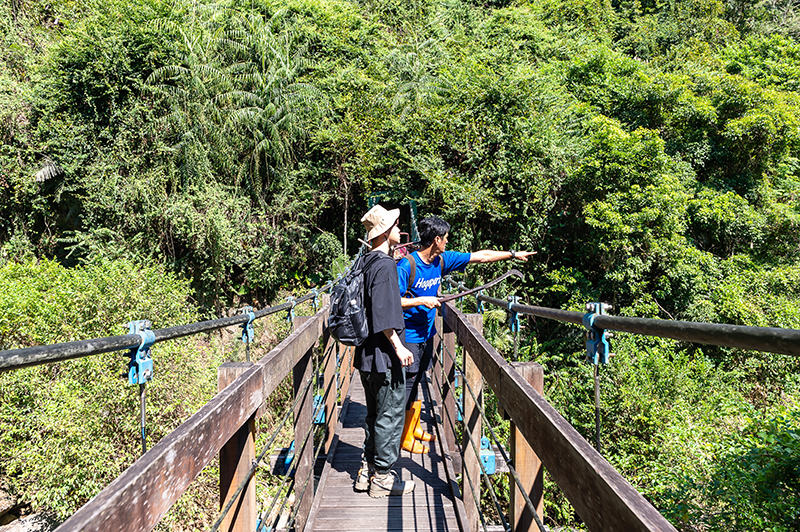
The bridge was built by the Japanese government in 1930 and named “Senran Bridge,” which was derived from the Atayal word “Lilang” for the chinaberry tree (Melia azedarach Linn.). This place is planted with lots of chinaberry trees, which serve as a good natural medicine for treating wounds. The river flowing by the trail is called “Lnga,” which means “plenty of wood for traps.”
 Three kinds of woods that can make good traps: Qesu (Chinese crapemyrtle), Pengun (Philippine viburnum), and Tabung. They are suitable because they are elastic and can sustain for a while when cut off and replanted in the soil. I personally prefer to use Pengun, which is darker and less likely to be noticed by animals.
Three kinds of woods that can make good traps: Qesu (Chinese crapemyrtle), Pengun (Philippine viburnum), and Tabung. They are suitable because they are elastic and can sustain for a while when cut off and replanted in the soil. I personally prefer to use Pengun, which is darker and less likely to be noticed by animals.
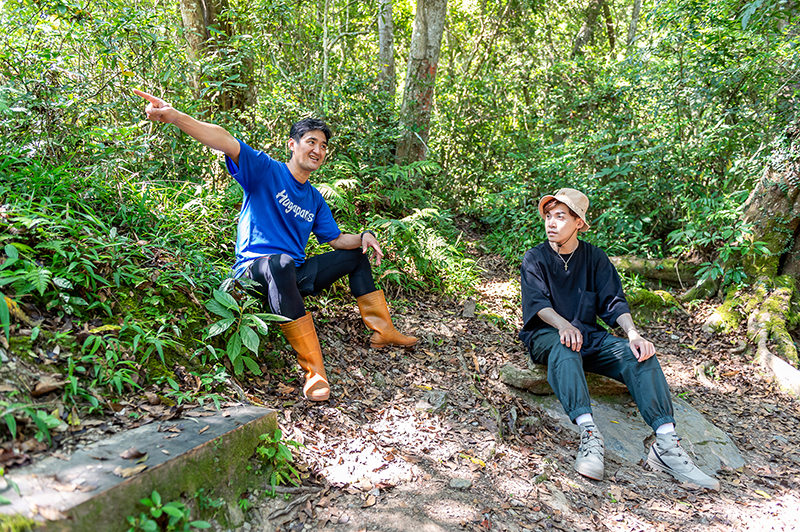
On the way, we passed a “saddle,” i.e., a low, flat point between two mountains, called “Yori Nyawan” in Atayal. “Yori” refers to “low point,” while “Nyawan” is the name of a person. Therefore, the saddle can be interpreted as “Nyawan’s farmland.”
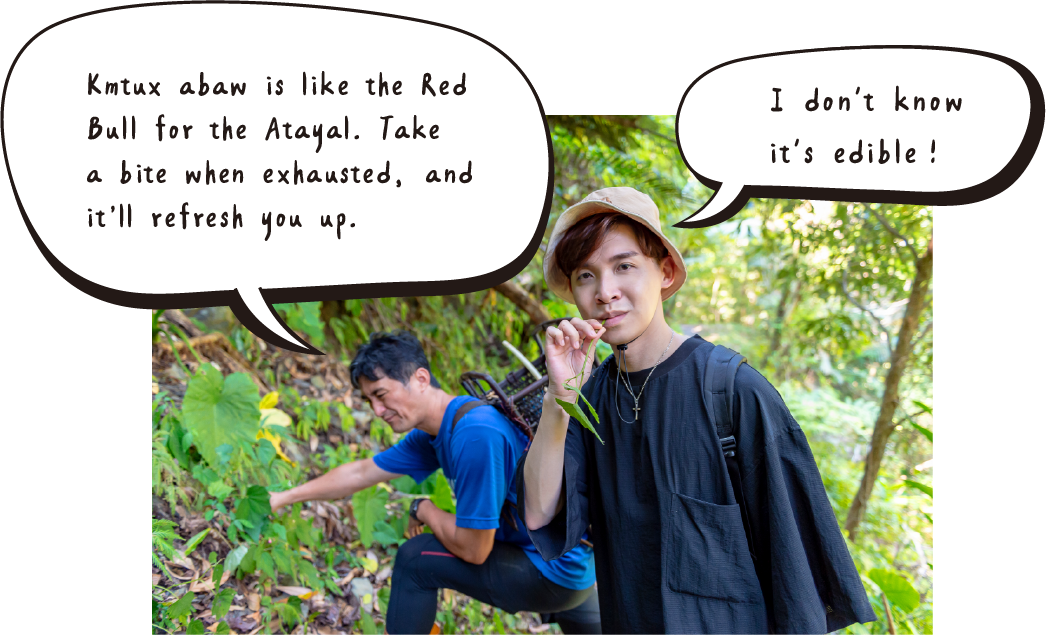
Like the Amis, the Atayal people are also experts in wild greens!
After several kilometers of trekking, we finally arrived at the hunting hut that took Wilang three months to build. Everything in there, including the construction materials, daily objects, and utensils, was carried by him alone from the lowland. Later he taught Edward how to make a trap for wild boars. If you cannot identify it, that means it’s well camouflaged.
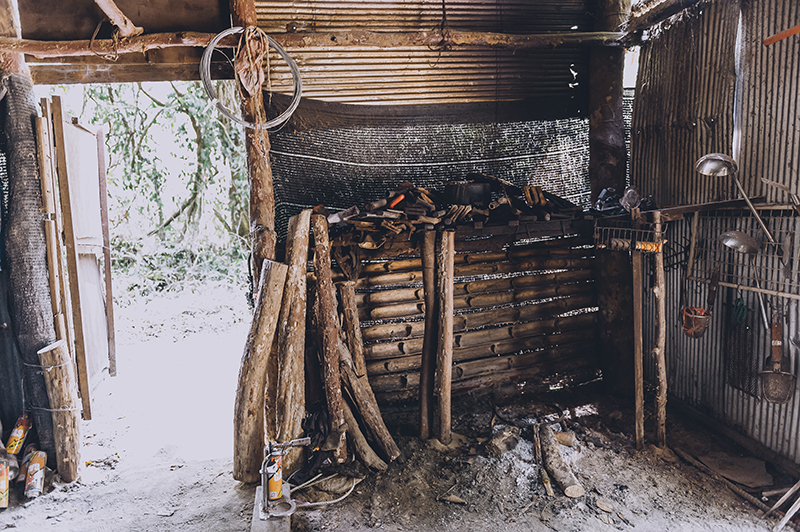

We also saw plants like tuba lutux and tuba tayal along the way, and Wilang took this opportunity to tell us how the Atayal use these poisonous vines to kill fish, as well as shared stories about past inter-village conflicts resulting from people occasionally stumbling into the turfs of other villages. “It used to be sambar deer that we were chasing when straying into others’ traditional territories, and later the prey changed from deer to human beings. Now that’s not the case anymore. The relationships have been improved gradually as inter-village marriage becomes popular.” He added with emotion, “the spirit of today’s 12-year compulsory education curriculum emphasizes such ideals as spontaneity, interaction, and the common good, which we indigenous people have long been practicing. It’s just that we take a different approach by internalizing them as our values instead of writing them down. We put these ideals into realization in our daily lives, and this is the real thing. Isn’t this a different kind of the beauty of indigenous culture beyond the expression of words?”

